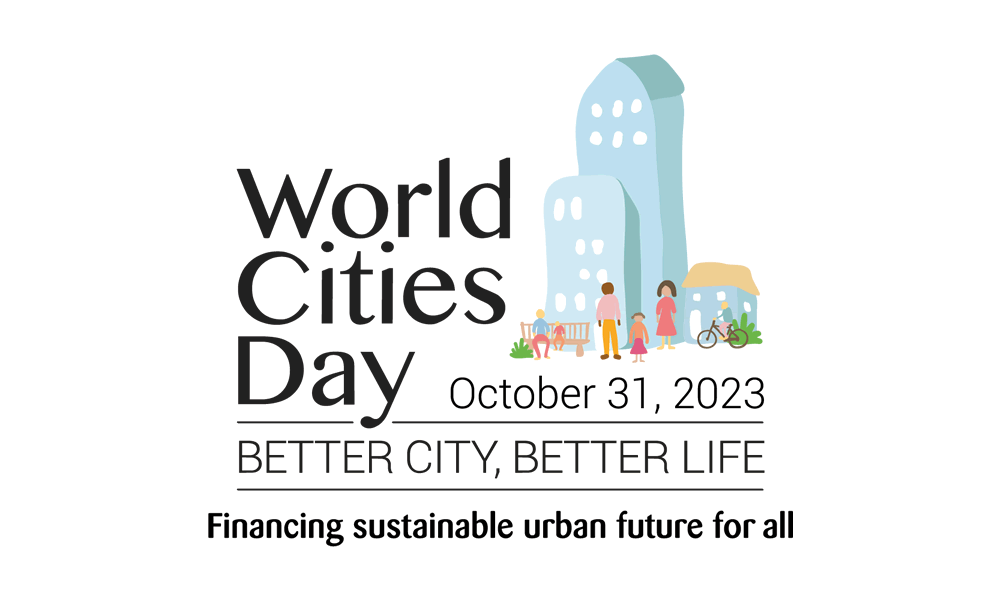« October 2014 | Main | December 2014 »
November 27, 2014
What Makes a Great Student City? Discover the Top Cities for Students with QS Best Student Cities 2015 Announced Today


Photo: “University Life”. Photo Credit: Photographer © Francisco Osorio.
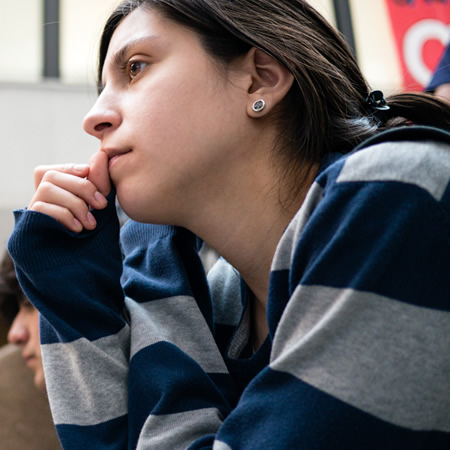
Photo: “University Life”. Photo Credit: Photographer © Francisco Osorio.

Photo: London, United Kingdom. “Where am I?”. Photo Credit: Photographer © Daniele Zanni.
Paris tops for the third consecutive year the QS Best Student Cities, a ranking of the world’s top cities for students, released today.
Melbourne (2nd) gains three places while London drops to the third position.
The ranking, compiled by the team behind the QS World University Rankings, is based on five key pillars, which are then broken down into individual criteria:
- University Rankings
- Student Mix
- Quality of Living
- Employer Activity
- Affordability
To be included in the ranking, each city must have a population of over 2,50,000, and must be home to at least two ranked institutions in the QS World University Rankings. 116 cities in the world qualify on this basis, and 50 have been ranked.
This year, the number of criteria has increased from 14 to 18, adding in metrics on Safety and Pollution as well as the Transparency International’s Corruption Perception Index and the Social Progress Index.
29 countries are represented with the most cities in the US (8), followed by Australia (6), UK (4) and by Canada and Japan with 3 apiece.
Europe boasts 20 cities, North America 12, Asia 9, Oceania 7 and South America 2.
QS Best Student Cities 2015
- Paris, France
- Melbourne, Australia
- London, United Kingdom
- Sydney, Australia
- Hong Kong, Asia
- Boston, Massachusetts, United States
- Tokyo, Japan
- Montreal, Canada
- Toronto, Canada
- Seoul, South Korea
- Zurich, Switzerland
- Vancouver, Canada
- San Francisco, California, United States
- Munich, Germany
- Singapore, Asia
- Berlin, Germany
- New York, United States
- Chicago, Illinois, United States
- Barcelona, Spain
- Vienna, Austria
- Canberra, Australia
- Auckland, New Zealand
- Brisbane, Australia
- Buenos Aires, Argentina
- Taipei, Taiwan
- Beijing, China
- Edinburgh, United Kingdom
- Copenhagen, Denmark
- Adelaide, Australia
- Manchester, United Kingdom
- Los Angeles, United States
- Dublin, Ireland
- Shanghai, China
- Kyoto, Japan
- Stockholm, Sweden
- Milan, Italy
- Amsterdam, Netherlands
- Perth, Australia
- Helsinki, Finland
- Madrid, Spain
- Philadelphia, Pennsylvania, United States
- Washington DC, United States
- Moscow, Russia
- Santiago, Chile
- Coventry, United Kingdom
- Pittsburgh, United States
- Brussels, Belgium
- Osaka, Japan
- Prague, Czech Republic
- Mexico City, Mexico
|GlobalGiants.Com|







Edited & Posted by the Editor | 1:56 AM | View the original post
November 23, 2014
Make Sure Your University is Signed Up and Ready for the Latest Data Collection by Times Higher Education for its World University Rankings 2015-2016
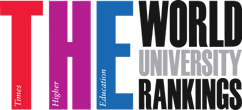
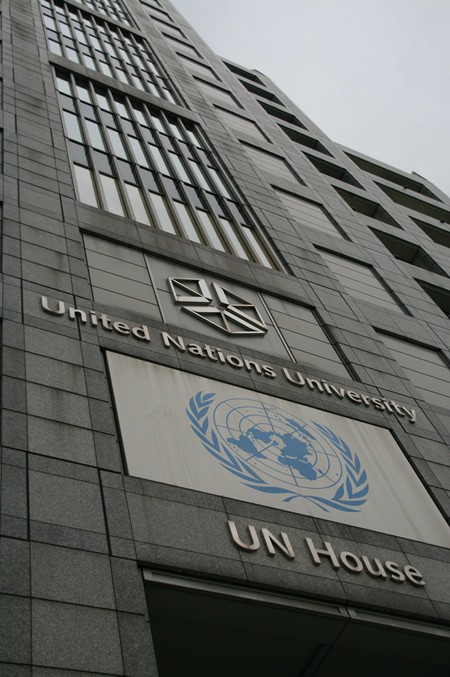
Photo: Entrance to the United Nations University, Tokyo, Japan. Photo Credit: © Shinya ICHINOHE.
Times Higher Education (THE) has announced a series of important changes to its flagship THE World University Rankings and its suite of global university performance analyses, following a strategic review by THE parent company TES Global.
According to THE, the methodology of the global rankings will be broadly preserved and the rankings will continue to use the most comprehensive and balanced performance indicators to evaluate universities across all of their core missions, including research, knowledge transfer, international outlook and - uniquely - the teaching environment. But a series of structural changes will ensure that the THE rankings continue to lead the field for rigour, responsiveness and transparency and provide an ever richer picture of the global higher education and research landscape.
The key change is that all institutional data collection, previously outsourced to Thomson Reuters, will be expanded and will now be brought in-house, carried out by a new, dedicated team of data analysts at THE. The team, in partnership with universities, intends to build the largest and most comprehensive database of university data in the world.
Data, including key information such as an institution’s resources and staff and student profiles, at both the institutional and subject level, will be collected from many hundreds of institutions across the world. The data will be used to underpin the overall THE World University Rankings, as well as supplementary rankings, including the THE 100 Under 50, the THE Asia University Rankings and the THE BRICS & Emerging Economies Rankings. It will also be used to develop new analyses, in response to sector demand and consultation, including new rankings and analytical services.
• So, to ensure that your university is included in the THE World University Rankings 2015-2016, make sure that it is signed up and ready for the latest data collection by Times Higher Education.
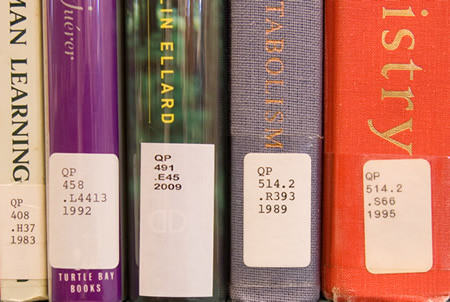
Photo: Call Numbers on Books (Library of Congress Classification). Photo Credit: © CCAC North Library.
Meanwhile, tens of thousands of senior academics around the world are being invited to shape the results of the Times Higher Education World University Rankings 2015-2016 and to contribute to the most comprehensive picture yet produced of global teaching and research.
THE, in partnership with world-leading provider of scientific and technical information Elsevier, today launched the 2015 THE Academic Reputation Survey, with a number of key improvements.
According to THE, leading scholars from across the world and across all academic disciplines - those best placed to understand excellence in teaching and research in our universities - have been selected, based on their publication record, to represent their country and their academic field in the exercise, which is the world’s largest invitation-only survey of its kind.
THE does not allow institutions to nominate participants in the survey and does not allow anyone to sign up for the research without an invitation, so those selected to take part will be representing thousands of their peers.
THE advises that leading academics should look out for an email from it headed: “Your invitation to influence the outcome of the Times Higher Education World University Rankings”, and, if invited, take part to represent their peers in their respective country and in their respective field.
|GlobalGiants.Com|







Edited & Posted by the Editor | 1:56 AM | View the original post
November 20, 2014
Spanish Jewelry firm Carrera y Carrera launches new Advertising Visuals



Photos: Images provided by and copyright © Carrera y Carrera.
Spanish jewelry firm Carrera y Carrera is launching new visuals to reinforce its international advertising campaign and the brand’s image.
According to Carrera y Carrera, its current advertising is inspired by the rich cultural heritage of Spain, where the passionate Spanish woman is the star, and the star of this new campaign is international model Alejandra Alonso, a Spanish face of singular beauty.
|GlobalGiants.Com|







Edited & Posted by the Editor | 3:30 AM | View the original post
November 16, 2014
G20 Summit Concludes in Brisbane, Australia
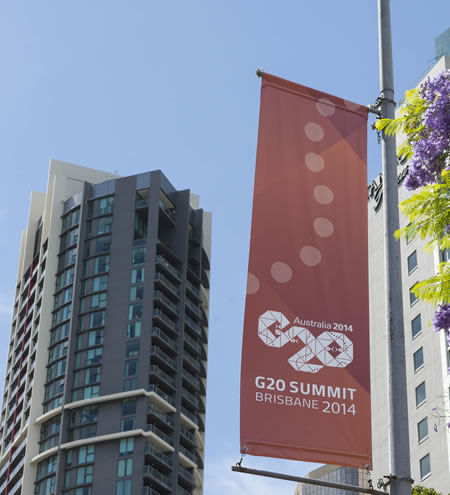
Photo: G20 banners in South Bank, Brisbane, Australia. Photograph by Ray Cash. © Copyright All rights reserved by G20 Australia.
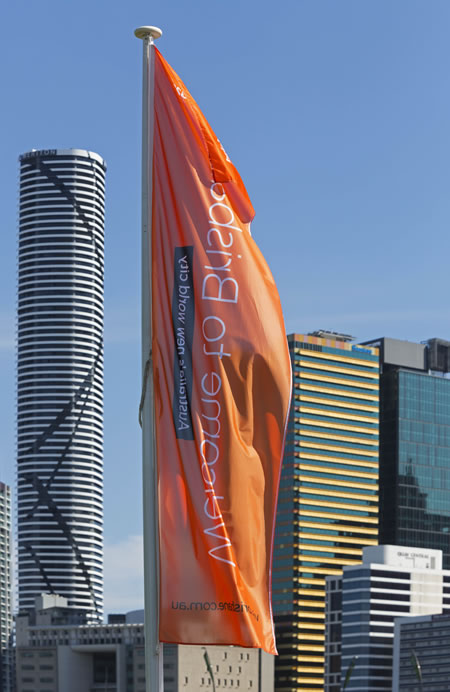
Photo: G20 banners in Brisbane, Australia. Photograph by Ray Cash. © Copyright All rights reserved by G20 Australia.
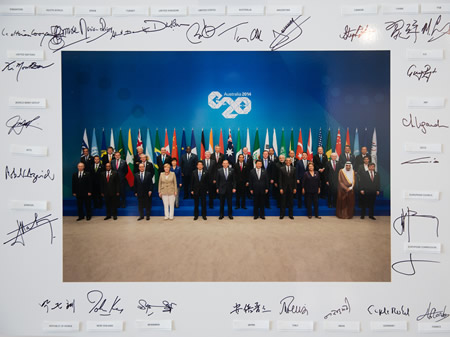
Photo: The official G20 Leaders’ Summit group photograph signed by G20 leaders. Photograph by Andrew Taylor. © Copyright All rights reserved by G20 Australia.

Photo: General view of the G20 Leaders’ Summit opening session in Brisbane. Photograph by Ray Cash. © Copyright All rights reserved by G20 Australia.
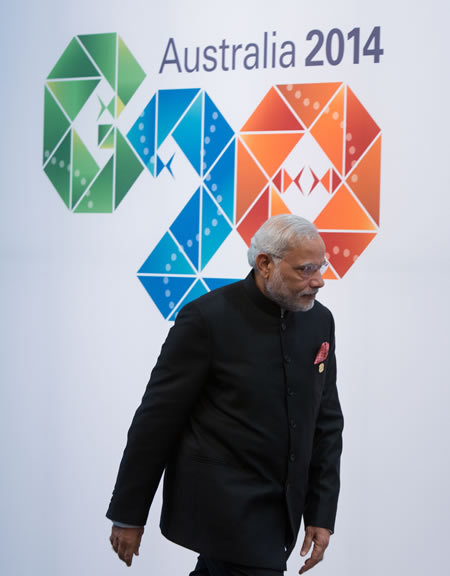
Photo: India’s Prime Minister Narendra Modi arrives for the G20 Leader’s Summit in Brisbane. Photograph by Ray Cash. © Copyright All rights reserved by G20 Australia.
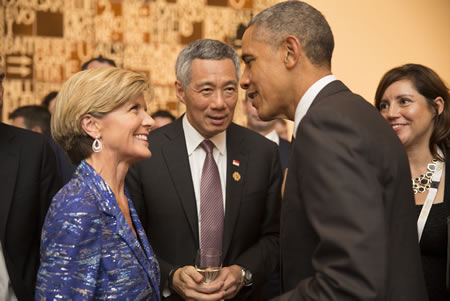
Photo: G20 Summit Leaders’ reception. Australia’s Foreign Minister Julie Bishop with Singapore’s Prime Minister Lee Hsien Loong and United States’ President Barack Obama. Photograph by Rob Maccoll. © Copyright All rights reserved by G20 Australia.
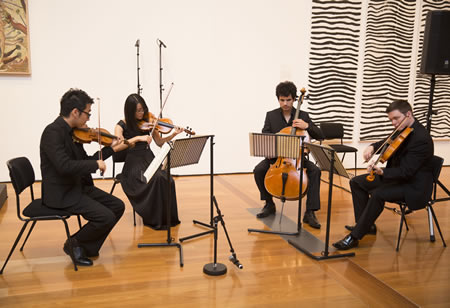
Photo: Entertainment at the G20 Summit Leaders’ reception. Photograph by Rob Maccoll. © Copyright All rights reserved by G20 Australia.
|GlobalGiants.Com|







Edited & Posted by the Editor | 11:42 AM | View the original post
November 15, 2014
Miss International Beauty Pageant 2014, Tokyo, Japan
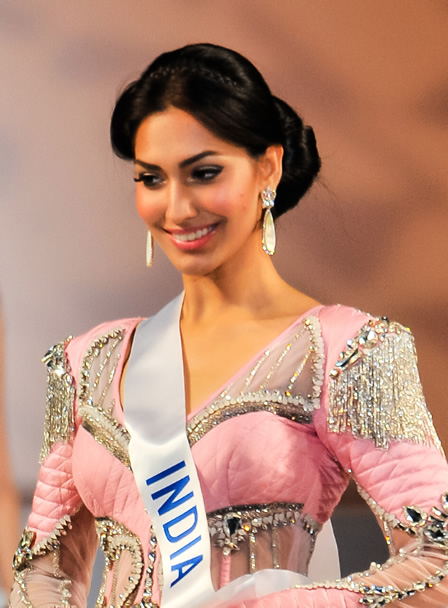
Photo: Miss India, Jhataleka Malhotra, competes during The 54th Miss International Beauty Pageant 2014 at Grand Prince Hotel New Takanawa on November 11, 2014 in Tokyo, Japan. (Photo by Keith Tsuji/Getty Images for ICA. © 2014 Getty Images).
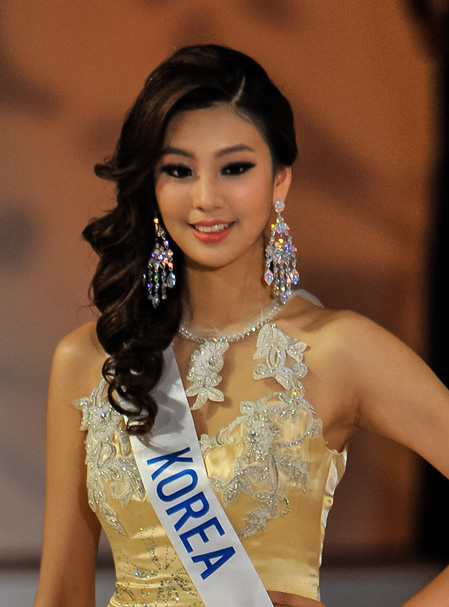
Photo: Miss Korea, Seobin Lee, competes during The 54th Miss International Beauty Pageant 2014 at Grand Prince Hotel New Takanawa on November 11, 2014 in Tokyo, Japan. (Photo by Keith Tsuji/Getty Images for ICA. © 2014 Getty Images).
|GlobalGiants.Com|







Edited & Posted by the Editor | 7:53 AM | View the original post
November 10, 2014
UN Assembly and Security Council Elect Four Judges to World Court
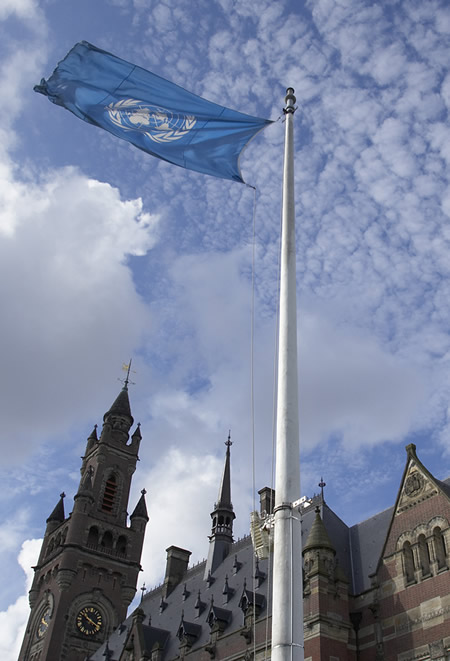
Photo: The Peace Palace, seat of the International Court of Justice, at The Hague, Netherlands. UN Photo/ICJ/Jeroen Bouman.
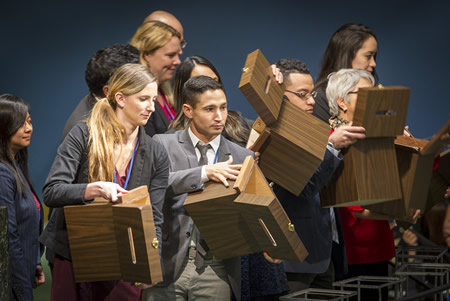
Photo: Conference officers hold up empty ballot boxes for inspection by designated teller delegates, in advance of collecting member states’ ballots in the UN General Assembly. The General Assembly and the Security Council continued their balloting from the previous day to elect a judge for the fifth remaining vacancy on the International Court of Justice (ICJ). 07 November 2014. United Nations, New York. UN Photo/Loey Felipe.
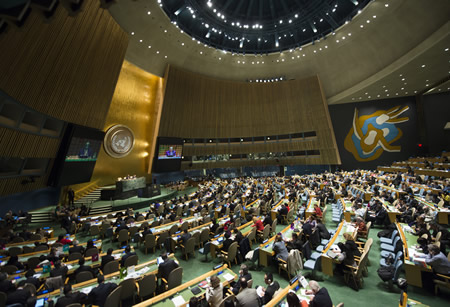
Photo: A wide view of the General Assembly Hall during the Assembly’s balloting session. The United Nations General Assembly, meeting independently from but concurrently with the Security Council, elected four judges from an initial pool of eight candidates to the International Court of Justice (ICJ) for terms of nine years beginning 6 February 2015. 06 November 2014. United Nations, New York. UN Photo/Amanda Voisard.

Photo: Delegates conferring at the Assembly’s balloting session. The United Nations General Assembly, meeting independently from but concurrently with the Security Council, elected four judges from an initial pool of eight candidates to the International Court of Justice (ICJ) for terms of nine years beginning 6 February 2015. 06 November 2014. United Nations, New York. UN Photo/Amanda Voisard.
The United Nations General Assembly and Security Council have elected four judges to seats on the International Court of Justice (ICJ), the principal judicial organ of the UN.
After simultaneous rounds of voting in the Assembly and the Council - which met concurrently with but independent of each other - Mr. Mohamed Bennouna of Morocco, Mr. James Richard Crawford of Australia, Ms. Joan E. Donoghue of the United States, and Mr. Kirill Gevorgian of the Russian Federation were elected to nine-year terms on the ICJ, starting on 6 February next year.
The Court is composed of 15 judges, who are elected by an absolute majority in both the General Assembly (97 votes) and Security Council (8 votes). The timing of elections is staggered so that the General Assembly elects a third of the Court once every three years.
According to the Court’s Statute, its judges must be chosen by coordinated actions of both the Council and the General Assembly, with the date of elections determined by the Council.
Judges are chosen on the basis of their qualifications, not their nationality, but no two judges can be from the same country. Effort is also taken to ensure that the principal legal systems of the world are reflected in the composition of the court.
Established in 1945, and based in The Hague in the Netherlands, the ICJ - which is also known as the World Court - settles legal disputes between States and gives advisory opinions on legal questions that have been referred to it by other authorized UN organs.
|GlobalGiants.Com|







Edited & Posted by the Editor | 1:50 AM | View the original post


